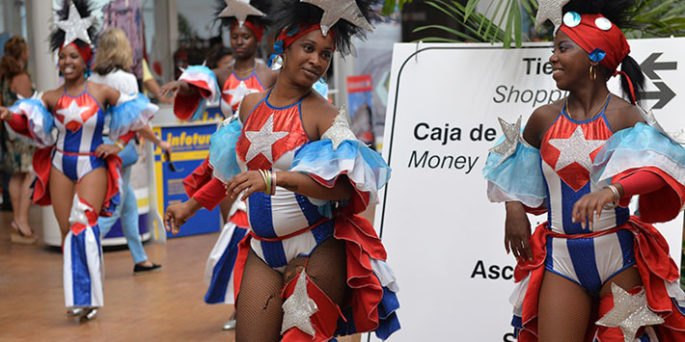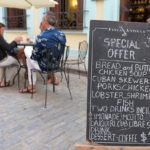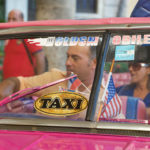
The tourists and the caricature of who we are
HAVANA — They come in ever greater numbers and take all our beer. After running into the Caribbean sun, the tourists drink it as if it were water. The breweries produce only half of what’s needed and can do no more. This year, Cuba will have to import millions of liters, four or five times the expected quota.
So many tourists came to Trinidad that the city overflowed; all hotel rooms and the 1,000 rooms in private hostels were taken up. The mayor and his deputies were going house-to-house begging the residents for beds where tourists might spend the night.
If this happens with a 17-percent increase in visitors, try to imagine what will happen to us when the U.S. repeals the law that forbids its citizens to come to the island as tourists. The “American invasion” could double the total number of tourists that Cuba welcomes today.
The issues of infrastructure can be solved only to the degree that the effort involves the entire nation, including state and private facilities. But if the government wants to raise the supply to the level of the demand, it will have to loosen the restraints of those who work in the sector.
There remains too much bureaucratic ballast, there’s a shortage of wholesale markets where supplies can be bought, and there’s no end to the restrictions to obtain construction permits by those who want to adapt their homes to the exigencies of international tourism.
But while the infrastructures and even the legislation are moving at a snail’s pace, the social adaptation to the phenomenon of massive tourism is a topic that’s hardly discussed, even though its impact on the communities that “benefit” can be highly pernicious.
The country should already have done socioeconomic research on the effects of tourism in the main destinations and nearby communities. Varadero and its environs are a unique laboratory to measure and prevent what will happen in future resorts.
In the city of Cárdenas, exquisitely decorated restaurants offer WiFi. From its park, hundreds of electric cycles crisscross the city. Strolling down its streets, dozens of tourists search for a Cuba more authentic than the one in Varadero.
But all that prosperity dilutes outside the city, in the slums that are home to some of the workers who build the luxury hotels and to others who come from their provinces, attracted by the fever of hard currency in the shape of tips.
There, the pimps recruit some of the girls they “protect and manage,” same as they did before 1959, exploiting them in exchange for crumbs. They have contacts in the hotels, which allows them to work from outside Varadero to elude the police.
Cuba has tens of thousands of psychologists, sociologists, ethnologists and other specialists capable of investigating and proposing mechanisms that will allow the communities of the future tourist centers to better deal with the inevitable impact that will shake them to the roots.
Building more hostels and brewing more beer will not be enough for the avalanche that will come down on the island. It is necessary to improve the communities so they may integrate harmonically into an industry that boasts of not producing smoke but yet pollutes.
Many tourists hasten to come to Cuba before the Americans standardize it and turn it into another tourist center, like those in other parts of the world. However, to be fair, we shouldn’t blame the U.S. if the island loses its “charm.”
A stroll down Obispo Street shows us how we can become “standardized” without help from anybody. Every house, store, porch, portal, and even every staircase has become a vendor’s cart for tourists, where the exact same items are for sale.
At every restaurant and bar you hear the same rhythms and the same songs. It is sad that a musical power such as Cuba shows tourists only what’s “typical,” as if it lacked the talent to create and perform any kind of music.
Do painters or sculptors have spaces in the hotel industry? Do hotels have books by Cuban authors that they can lend or sell to tourists? Do the tourists have contact with nearby communities? Are shows with varied music available?
Tourism is capable of energizing culture and the community, but it doesn’t do so spontaneously; it is necessary to plan it, avoiding self-limitation. Why offer the tourist a caricature of what we are, when we can surprise him with a gigantic universe of creativity?
Photos by Raquel Pérez Díaz. Translation by Progreso Weekly.
(From Fernando Ravsberg’s blog, Cartas desde Cuba)




